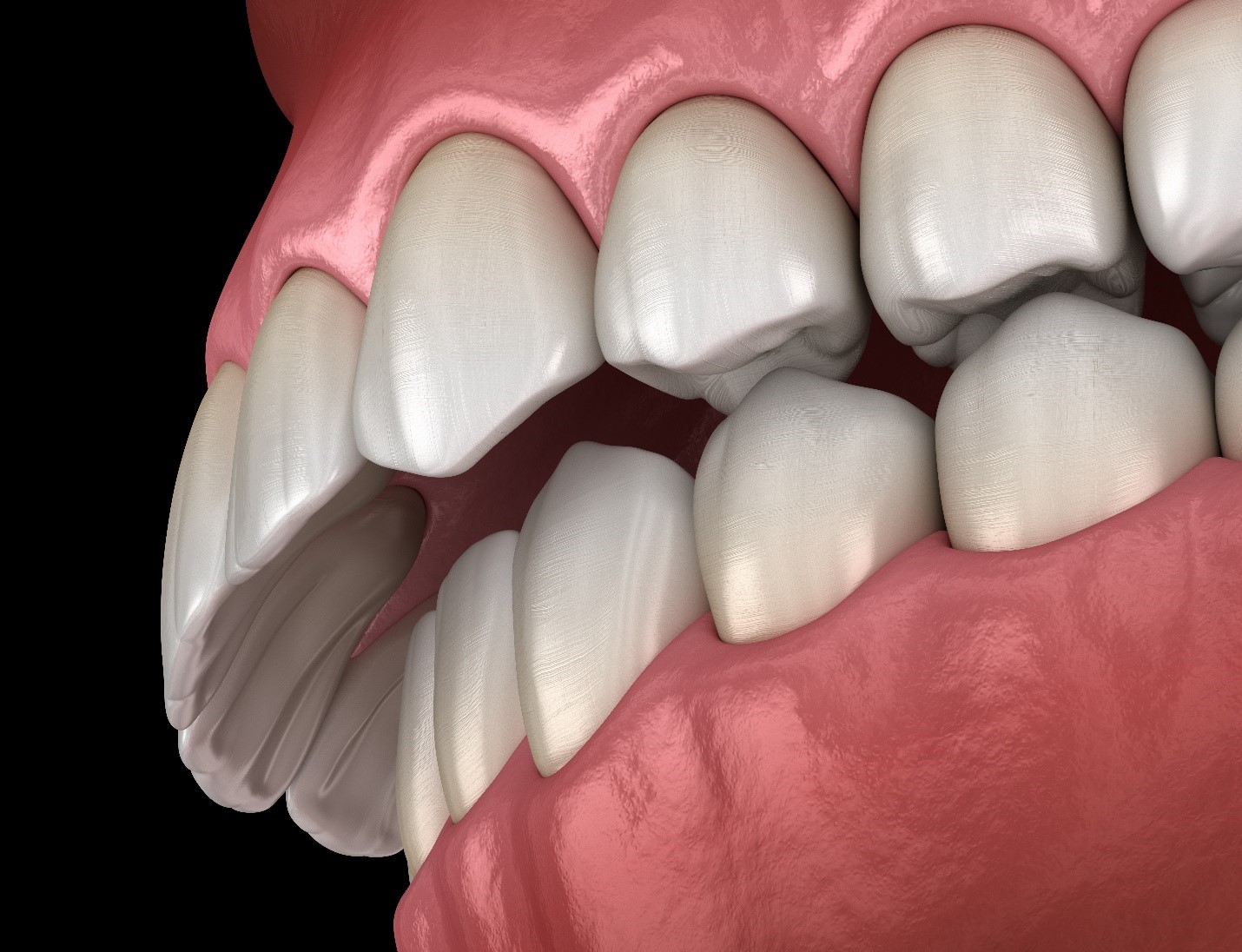Getting The All Star Family Orthodontics To Work
Table of ContentsThings about All Star Family OrthodonticsThe All Star Family Orthodontics DiariesSee This Report about All Star Family OrthodonticsLittle Known Facts About All Star Family Orthodontics.Some Known Details About All Star Family Orthodontics

In addition, we supply flexible treatment schedules, flexible settlement alternatives and a fun, enjoyable experience.
An orthodontist is a dental professional educated to detect, avoid, and treat teeth and jaw abnormalities. Orthodontists work with individuals of all ages, from kids to grownups.
Malocclusion, or misaligned teeth, can cause oral problems, including tooth degeneration, gum disease, and tough or unpleasant eating. But not every person is birthed with straight teeth. If you have a bad bite or huge spaces in between your teeth, you might want to consult a dentist focusing on orthodontic treatment.
A Biased View of All Star Family Orthodontics
(Picture Credit History: DigitalVision/Getty Images) Orthodontists use fixed and detachable dental devices, like dental braces, retainers, and bands, to alter the position of teeth in your mouth. Orthodontic therapy is for dental problems, including: Crooked teethBite troubles, like an overbite or an underbiteCrowded teeth or teeth that are as well much apartJaw misalignmentThe goal of orthodontic therapy is to enhance your bite.
While you could believe of orthodontists as mostly for youngsters or young adults who need dental braces, they can fix oral troubles at any age. Orthodontists go to university, dental institution, and orthodontic institution.
, but not all dental experts are orthodontists. They concentrate on 2 locations: Just how to appropriately and safely move teeth Exactly how to appropriately lead growth in the teeth, jaw, and faceOnce an orthodontist has actually finished training, they have the alternative to come to be board licensed.
Examine This Report about All Star Family Orthodontics
Misalignment, or malocclusion, is the most common factor people see an orthodontist. It is genetic and is the result of dimension differences between the upper and reduced jaw or between the jaw and teeth. Malocclusion leads to tooth congestion, a twisted jaw, or irregular bite patterns. Malocclusion is generally treated with: Your orthodontist connects metal, ceramic, or plastic square bonds to your teeth.
If you have only small malocclusion, you may have the ability to use clear dental braces, called aligners, as opposed to traditional dental braces. Some individuals need a headwear to help relocate teeth right into line with pressure from outside the mouth. After dental braces or aligners, you'll need to use a retainer. A retainer is a customized gadget that keeps your teeth in position.

You may require to see an orthodontist if you have: Crowding or not adequate room for every one of your teethOverbite, when your top teeth come over your base teethUnderbite, when your bottom teeth are as well much forwardSpacing or issues with gapsCrossbite, which is when your upper teeth fit behind your base teeth when your mouth is closedOpen bite or an upright space between your front base and top teethMisplaced midline, when the center of your bottom and top teeth don't line up Correcting a dental malocclusion can: Make attacking, chewing, and speaking easierImprove the proportion of our face and your overall appearanceEase pain from temporomandibular joint disordersDifferent your teeth and make them less complicated to clean up, assisting avoid dental caries or cavities It's typically a dental expert that initially notices misaligned teeth during a routine examination.
Facts About All Star Family Orthodontics Revealed
During your initial orthodontic assessment, you'll likely have: A dental examPhotos taken of your face and smileDental X-raysPanoramic (360 degree) X-rays of your face and headImpressions to develop mold and mildews of your teethThese tests will certainly help your orthodontist understand how to wage your treatment. An orthodontist is a dental practitioner that's had training to treat your teeth and jaw.
Orthodontists are dental professionals but not all dental practitioners are orthodontists. Orthodontists are concentrated on your bite, or the way your teeth fit with each other, and the straightness of your teeth.

This initial consultation entails a visual assessment of your teeth and bite, X-rays, and potentially also 3D scans. By diligently examining these elements, the orthodontist can pinpoint any kind of misalignments, crowding, spacing problems, or jaw discrepancies. When a clear picture is developed, the orthodontist will review individualized therapy choices. This conversation will certainly cover the type of dental braces or aligners suggested (conventional metal dental braces, clear aligners like Invisalign, and so on), the estimated treatment period, and any kind of prospective obstacles or side impacts.
Not known Details About All Star Family Orthodontics
While dental braces are the most commonly recognized orthodontic treatment, orthodontists have a varied toolkit at their disposal. The details strategy picked depends upon the intensity of the instance, the individual's age, and private choices. These tried-and-true braces use a system of brackets bound to the teeth and connected by cables.
Clear aligners, like Invisalign, are a prominent alternative for people looking for a more discreet you could try these out therapy alternative. These detachable trays are personalized to progressively shift the teeth's setting. Headgear might be utilized in conjunction with dental braces or aligners to apply additional targeted pressures, especially for remedying jaw inconsistencies. In cases of slim jaws, palatal expanders can be used to create space for correct tooth placement.